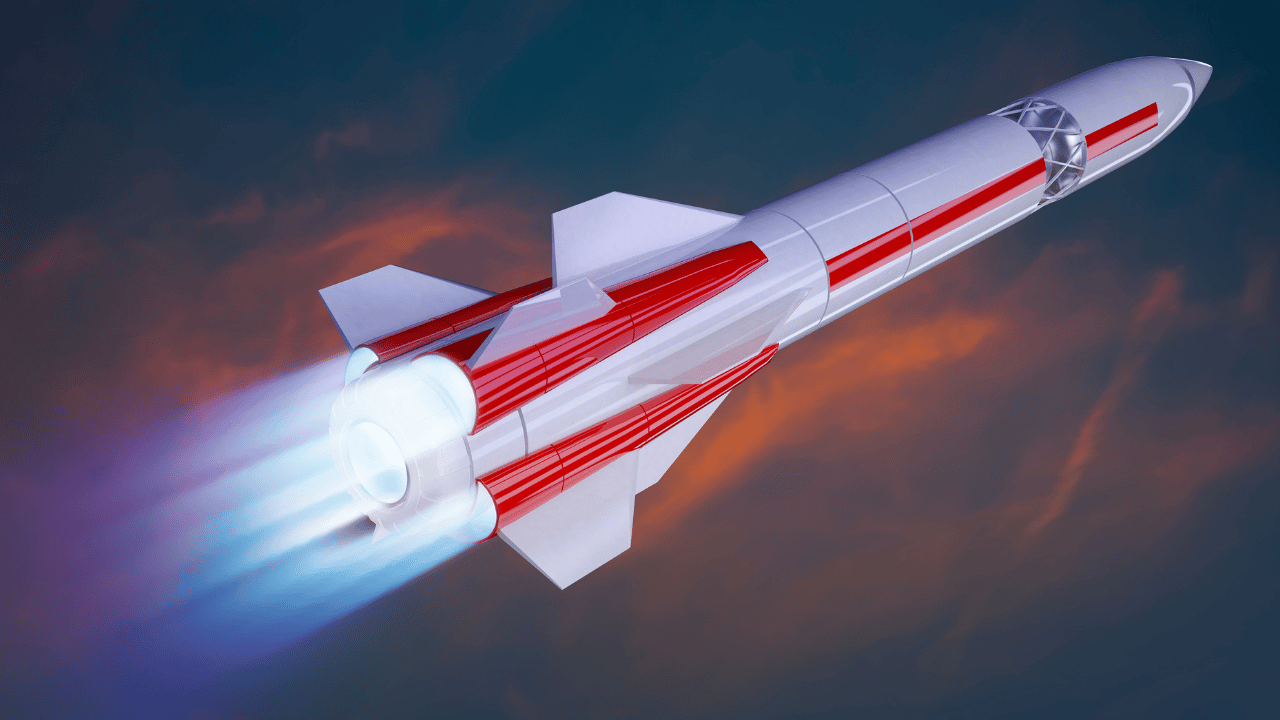
Delve into aerodynamics, understanding how air flows around your rocket’s structure and affects its flight. You’ll learn about concepts such as drag, lift, and stability, and how these factors influence the trajectory and performance of your rockets. By carefully designing the fins, cones, and body of your rockets, you’ll aim to optimize aerodynamic efficiency to achieve stable and controlled flights.
Explore propulsion systems and rocket engines. You’ll learn about the principles of thrust, acceleration, and impulse, as well as the different types of rocket engines, such as solid fuel and liquid fuel engines. Understanding how these engines generate thrust and propel the rocket forward is crucial for designing rockets capable of reaching desired altitudes and velocities.
Gain insights into payload integration and deployment mechanisms. You’ll consider the weight and balance of your rockets, as well as the structural integrity required to carry and deploy payloads safely. This aspect of the challenge introduces concepts of engineering design, structural analysis, and integration of various components into a functional system. Overall, the Student
Rocket Design Challenge provides you with a hands-on opportunity to apply and explore key technical concepts in rocketry, fostering creativity, problem-solving skills, and a deeper understanding of aerospace engineering principles.

